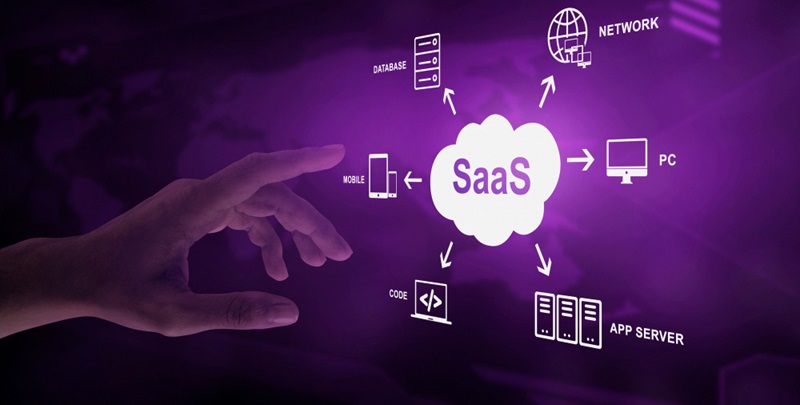The rise of the software as a service (SaaS) model has significantly changed business operations, offering on-demand applications that shift IT strategies. The benefits of SaaS, including flexibility and scalability, are evident, but they also introduce considerable hidden costs. Businesses find themselves investing not just financially but also in terms of time when it comes to the meticulous process of contract negotiations and ongoing management of these services. This aspect is often overlooked, yet it is crucial to understand that managing SaaS agreements demands dedicated resources. While SaaS streamlines certain IT functions, it requires a strategic approach to contract oversight to ensure the advantages it promises don’t become overshadowed by its managerial demands. As companies integrate more SaaS solutions, recognizing and preparing for the intricacies of contract management becomes vital to fully realize the potential of these innovative tools without stumbling over the fine print.
The Hidden Time Commitment of SaaS Management
Recent findings portray a daunting picture of the time investment that enterprises make in procuring SaaS and managing the accompanying contracts. According to research from Vertice, businesses dedicate an average of 385 hours per year solely to deal with SaaS contract acquisitions and renewals. This substantial figure implies that more than half of an average work year for certain employees is consumed by SaaS contract management, overshadowing tasks that could add more strategic value to the organization.
For IT and finance departments, the drain on time resources is immense. Each negotiation round, whether for a new purchase or a contract renewal, entails a lengthy process. New contracts usually take approximately 100 days to complete, while renewals can consume about 60 days of focused work. This process, punctuated by numerous meetings, negotiations, and meticulous bid comparisons, occupies a sizeable chunk of the working hours for the staff involved in these operations.
Financial Burdens Beyond Subscription Fees
Enterprises are hemorrhaging roughly $18 million due to inefficient SaaS contract management, including payments for unused or duplicate services. This mismanagement is alarming, considering SaaS was supposed to reduce costs. Moreover, SaaS contracts are becoming pricier, with an 8.7% inflation rate outpacing the consumer index. Gartner reports that firms are gearing up to invest heavily in AI and cybersecurity, further burdening budgets. Against rising software expenses, businesses must refine their SaaS management to prevent unnecessary outlay and better allocate funds. This fiscal prudence is essential for companies to redirect resources towards growth and strategic priorities, rather than being bogged down by SaaS agreements. Therefore, a comprehensive review and optimization of SaaS procurement strategies is crucial for organizational efficiency and financial health.

